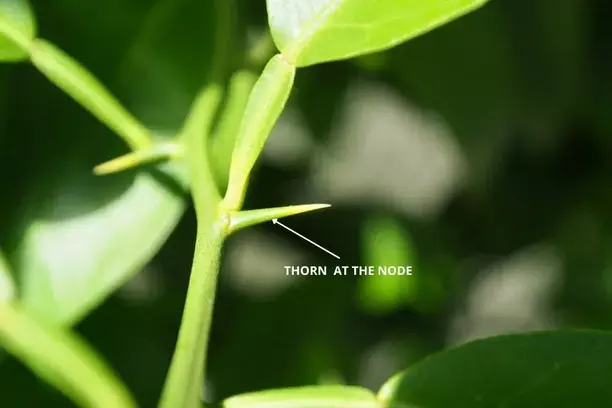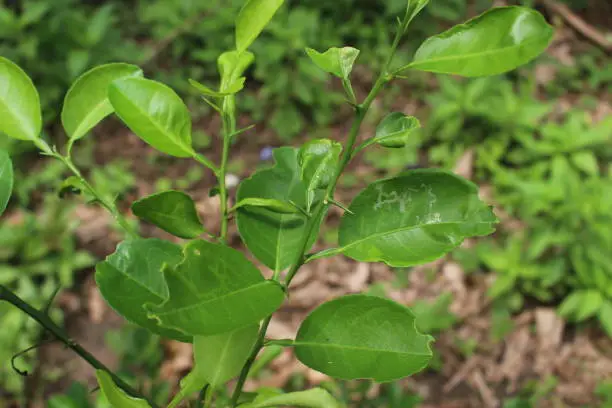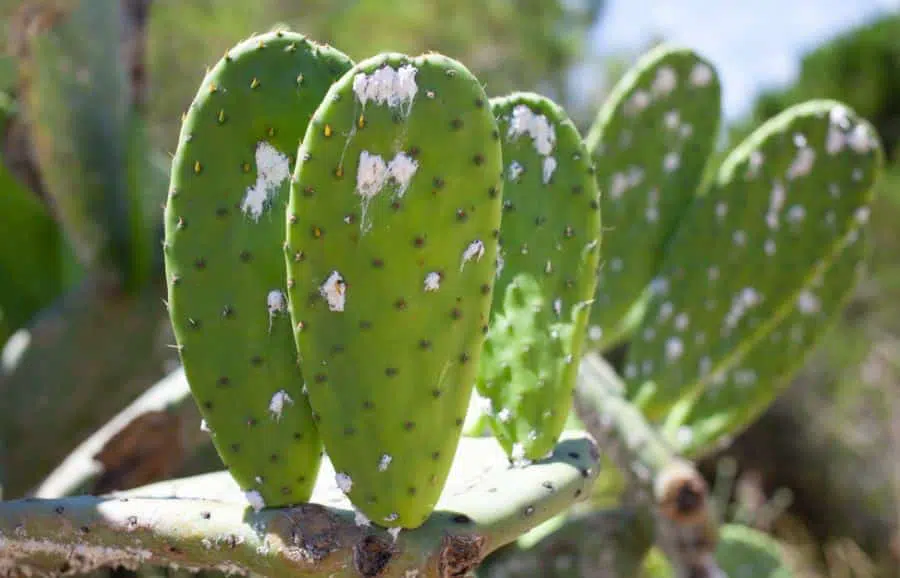Citrus trees are beloved for their juicy and flavorful fruits but not so much for their thorny branches. However, these thorns serve various functional roles and should not be cut off unless there won’t be any risk to the plant if they’re removed. Still, if you don’t like thorny citrus plants, there’s a variety of thornless citrus cultivars that you can opt for.
Common citrus trees with thorns include lemon trees, limes, some orange trees, pomelo, tangelo, and grapefruit. The thorns are not poisonous and should not be removed except if they impede the harvesting of fruits. The thorns protect the plant from herbivores and store water for use during drought.
What citrus trees have thorns?

Many varieties of citrus trees have thorns. According to the observations of Susan Mahr of the University of Wisconsin, “Citrus often has thorns at the nodes, especially on new grafts and fruiting wood; these can be cut off if desired…” The thorns are usually prominent while the plant is still young and gradually diminish as the citrus plant matures up.
Here are the common citrus trees with thorns:
1. Lemon trees
Lemon, botanically referred to as Citrus limon, is an acidic citrus fruit whose tree has spiky thorns on the twigs. Meyer lemon is one of the most common, thorny lemon trees.
2. Limes
Lime (Citrus aurantifolia) is a type of citrus tree that has thorny branches. Thorny limes yield more fruits compared to thornless cultivars.
3. Orange trees
Known for their sweet-flavored fruits, orange (Citrus sinensis) trees typically spot blunt and slender thorns at the base of the leaves. Orange cultivars with sharper and longer thorns, such as the trifoliate orange tree (with two-inch thorns), are known to produce sour-tasting fruits.
4. Grapefruit trees
Most varieties of grapefruits feature miniature, flexible thorns on the twigs. Grapefruits inherit their prickly traits from pummelo since the plant is a hybrid of pummelo and Caribbean orange.
5. Tangelo trees
Tangelos are a hybrid of mandarin orange and grapefruit. It produces deep orange fruits whose flesh is flavorful and mildly acidic. Tangelos are very prickly.
6. Pomelo trees
Pomelo also referred to as pummelo, is a spiny orange tree that produces fruits with a sweet, tart taste. However, hybrid pomelo cultivars may appear to be less thorny than true pomelo trees.
Are citrus thorns poisonous?

Citrus thorns don’t contain any toxic compounds and, therefore, aren’t poisonous. However, they can still puncture your skin and cause medical emergencies. Citrus trees that have thorns that don’t diminish even after the tree matures can make it difficult to harvest the fruits from the trees.
Should you remove thorns on citrus trees?
You don’t have to remove thorns on citrus trees as they aren’t poisonous and don’t pose any significant risks. And contrary to common belief, citrus thorns don’t cause lower fruit yields. For most varieties of lime and citrus, the thorns will naturally dwindle as the plant matures.
RELATED: WHAT ARE THE TYPES OF LIME TREES
Another reason you may want to keep the thorns on your citrus trees is that they serve a functional purpose. These sharp protuberances are part of citrus plants’ natural evolution to protect them against herbivores that feed on their leaves and fruits. By cutting the thorns off, herbivores like deer won’t be deterred and will readily nibble on your citrus plant.
Some varieties of citrus trees also store extra water in the spikes, making them drought-hardy. Therefore, if you live in arid regions like Arizona and Nevada, you may want to avoid pruning the thorns off of your citrus tree.
However, if citrus predators and drought aren’t an issue and you’re more concerned about the possibility of you or your family members getting hurt by the thorns, you may go ahead and prune off the thorns.
Pro tip: It’s safer to prune thorns off of an adult citrus tree than a young citrus tree. Young citrus plants that are still growing are usually more vulnerable to mechanical damage and citrus plant diseases when herbivores nibble on them while mature plants are more likely to recover from this kind of damage.
RELATED: HOW TO IDENTIFY AND CONTROL CITRUS DISEASE
List of thornless citrus trees
Take note that it’s rare to find a citrus tree that’s truly thorn-free. Thus, the term ‘thornless in this article is used to refer to citrus trees that have significantly fewer spikes than normal.
- Eureka lemon– a hybrid lemon cultivar that has very few thorns. Often believed to be less flavorful than thorny lemon varieties.
- Bearss lemon– just like Eureka lemon, Bearss lemon has very few thorns compared to other lemon cultivars.
- Meiwa kumquat– this kumquat variety produces round fruits with a sweet flavor. It develops very few thorns in comparison to other kumquat varieties.
References:
[1] Lucy Bradley, Agent Urban Horticulture, Arizona State University: Low Desert Citrus Varieties
[2] Susan Mahr, University of Wisconsin – Madison: Indoor Citrus
[3] Bill Hathaway, Yale News: Yale scientists solve a thorny problem



